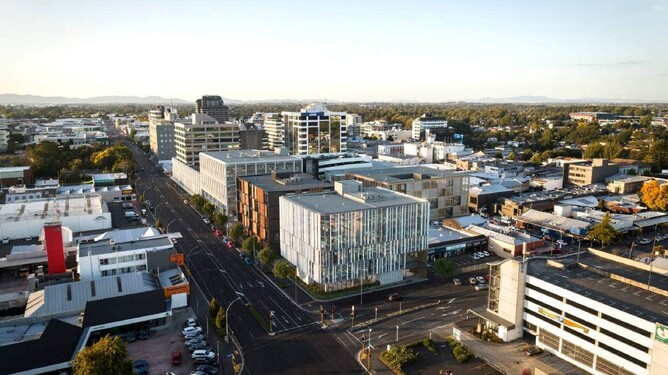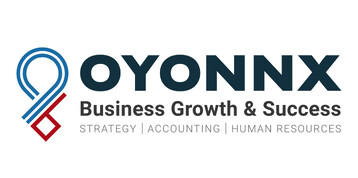Guest article by Brian Squair of Chamber member Chow:Hill Architects
The Central Business District, as we have known it, is quite probably a thing of the past. The Covid-19 pandemic has merely accelerated the changing character of downtowns amidst poorly rented lower-grade commercial buildings, infrastructure under-investment, cheaper land elsewhere and remote working practices. Prior to the pandemic we were seeing an increase in work mobility, (planned) residential sprawl to the fringe (requiring services and amenities), but we also experienced the redevelopment of some key buildings in the Central City by a few well-funded developers.
I recall the 1980s when we would all “go to town” on a Friday night or Saturday morning and it was an excursion with mum or dad and latterly a hang-out with school mates. Mid-week the CBD was primarily for business, banking, post office and occasional scoping-out for a new piece of furniture that would be purchased on the Saturday morning.
Over the last 20 years or so, and through a couple of recessions, we have witnessed the increasing number of poor quality or poorly maintained commercial buildings, the decentralisation of large retail outlets, the rise of online purchasing and the move to remote working. These changes have placed great pressure on sustainable city centres.
If we haven’t yet, we need to reconsider the way the Central City works in the light of change.
Rather than predict CBD doom, there is, I believe, an incredible opportunity for a reset of the Central City and its relationship to the city at large. It is time to imagine a new model for growth, one that is more inclusive, resilient, sustainable and healthy. The foundations of this reset include the issues of affordability, talent, workplace, public realm, built environment and the economics of real estate.

















